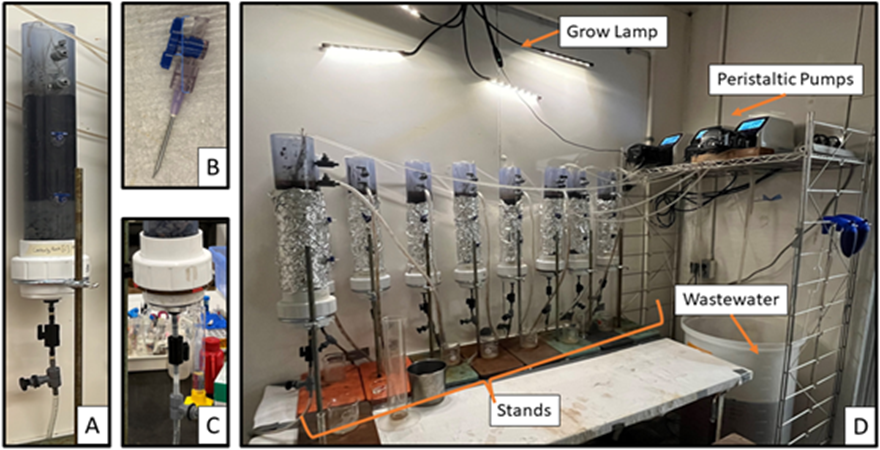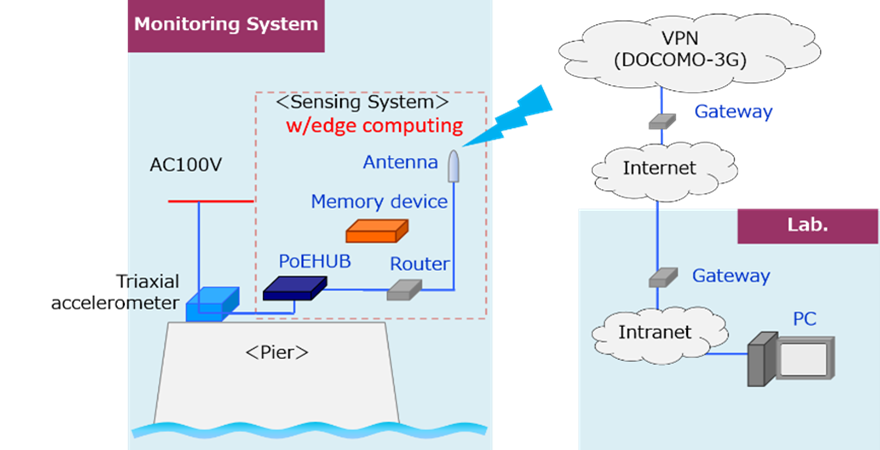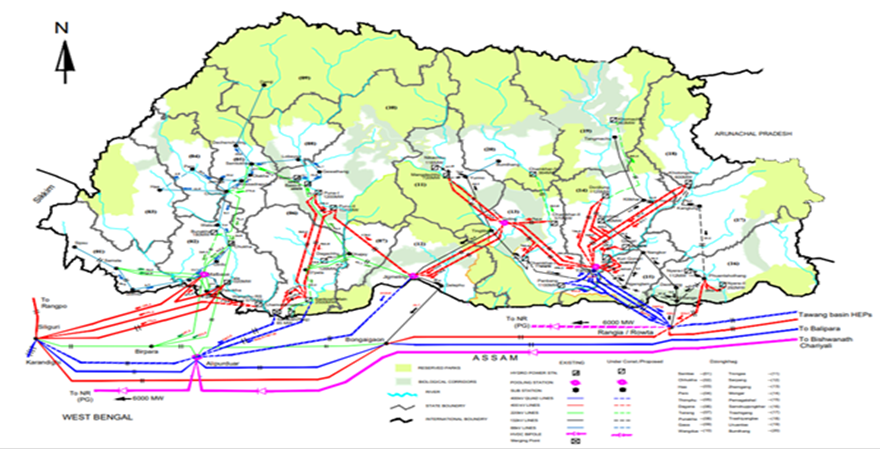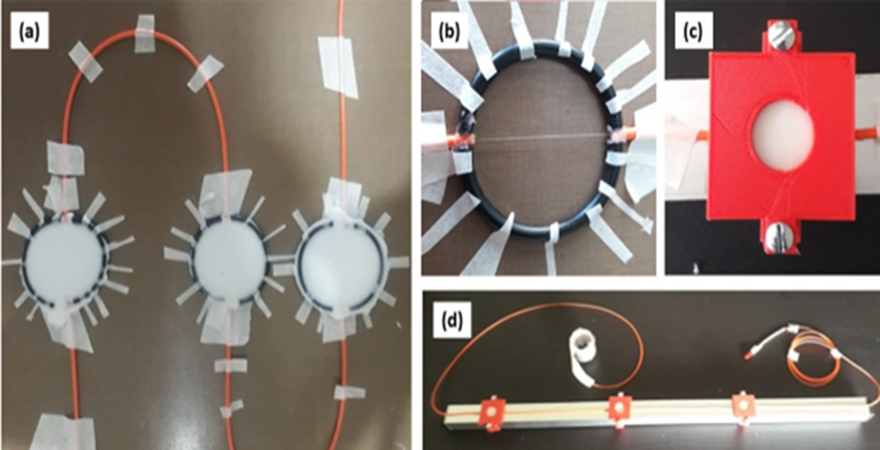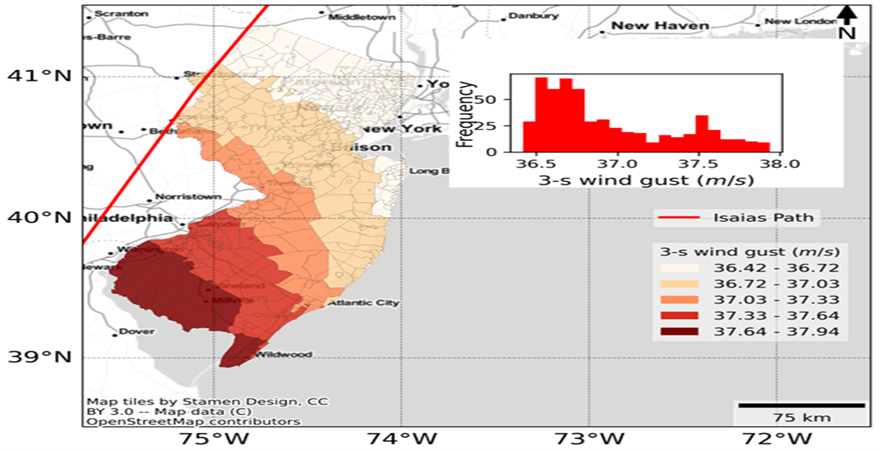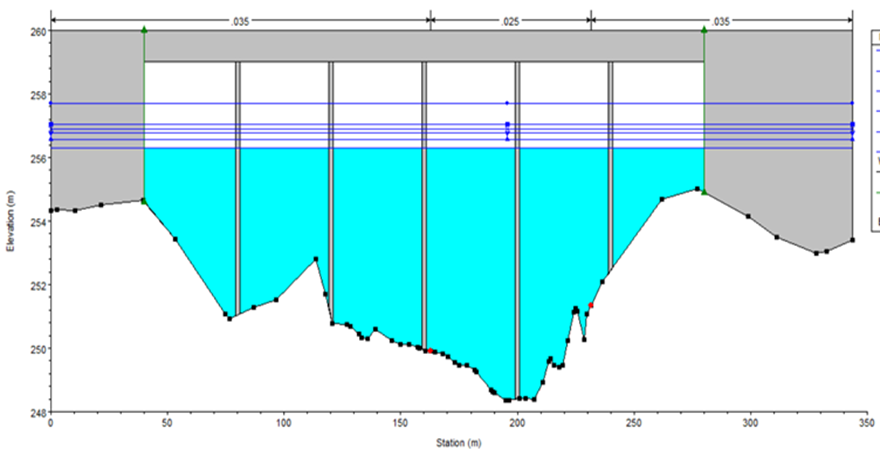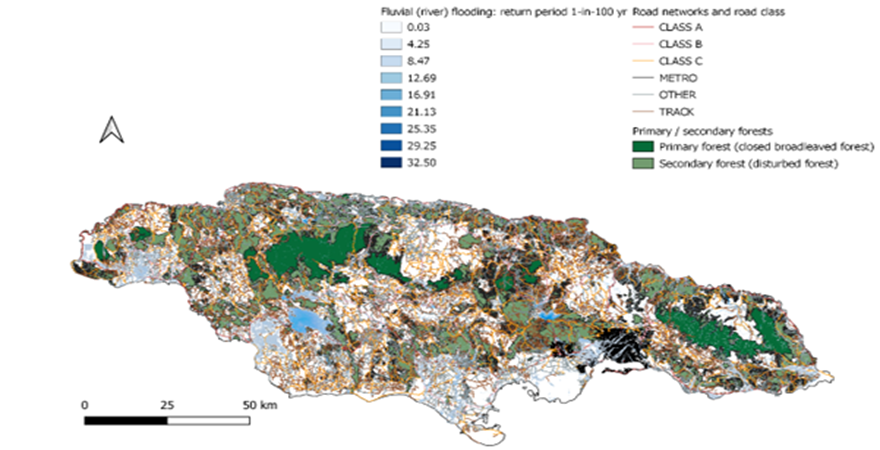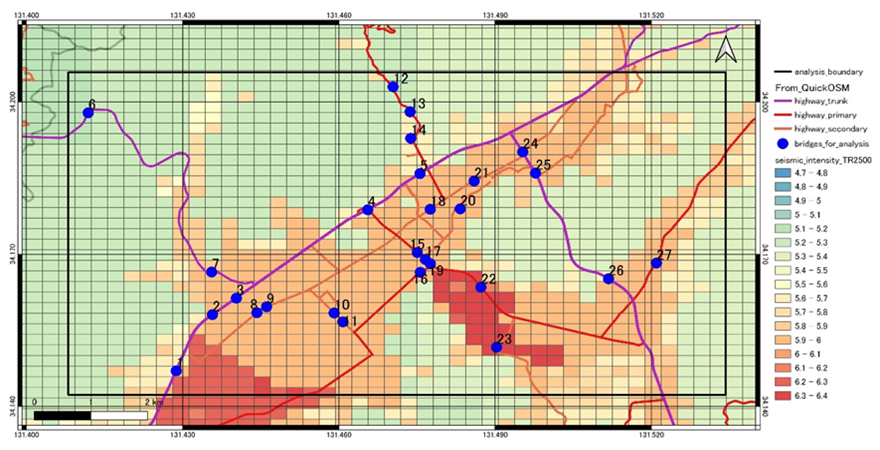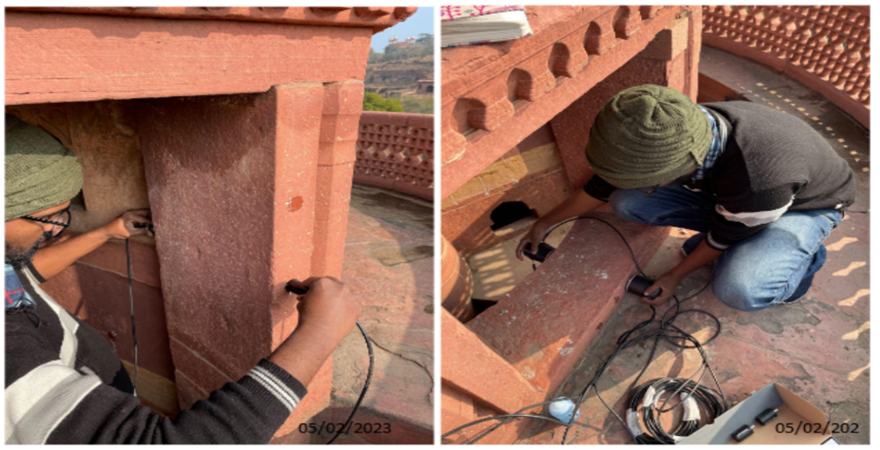- +91-11-4044-5999
- info@cdri.world
-
Copernicus Marg, New Delhi, INDIA
 for infrastructures based on disaster.png)
Financial Decision Framework for Infrastructures Based on Disaster Damage Rating Models for Financial Decisions Using Machine Learning Approaches
Mr Saurabh Gupta
Indian Institute of Technology Kanpur, India
Abstract: Disaster damage assessment plays a vital role in understanding the extent of destruction caused by a catastrophe and in making informed financial decisions. Traditionally, this assessment has been a manual and time-consuming process. However, this study focuses on automating the process using remote-sensing technologies and advanced computational methods to facilitate efficient and timely damage assessment. Additionally, this study highlights the significance of this work in supporting finance framework decisions. Automating the damage assessment process eliminates the need for manual data collection and analysis, saving valuable time and resources. Real-time damage assessment becomes possible, providing up-to-date information on the scale and severity of the disaster. This timeliness is crucial for making finance framework decisions, as it allows policymakers and financial institutions to quickly assess the financial implications of the disaster and allocate resources accordingly.
The approach in this study for disaster damage assessment uses a segmentation model capable of classifying and localizing different levels of damage, namely, “destroyed,” “major damage,” “minor damage” and “no damage”. The first task of the study involved building a localization model to accurately identify the regions within a satellite image that were affected by the disaster. A model capable of precisely delineating the boundaries of damaged areas is developed by leveraging advanced computer vision techniques. This localization step provides essential information for subsequent damage assessment and aids in targeted relief efforts. The second task focused on the actual assessment of the damage levels. A multi-class segmentation model that could classify the affected regions into one of the four predefined categories — “destroyed,” “major damage,” “minor damage” or “no damage” — is employed. This classification enables decision-makers and disaster response teams to prioritize their efforts, allocate resources effectively and plan appropriate recovery strategies.
Different segmentation models and backbones were trained and experimented with as combinations on a large dataset of annotated disaster imagery. The dataset included various types of disasters and encompassed various damage scenarios. State-of-the-art deep learning techniques and architectures were leveraged to ensure the model can generalize and handle real-world disaster scenarios effectively. The experimental results demonstrate the approach’s effectiveness in accurately localizing and assessing disaster damage.
Overall, the research contributes to disaster management by providing an automated and efficient method for damage assessment. Combining localization and multi-class segmentation techniques enables rapid and accurate identification of affected regions and detailed evaluation of damage severity. This information can aid decision-making processes, facilitate targeted resource allocation and ultimately expedite recovery in the aftermath of disasters.
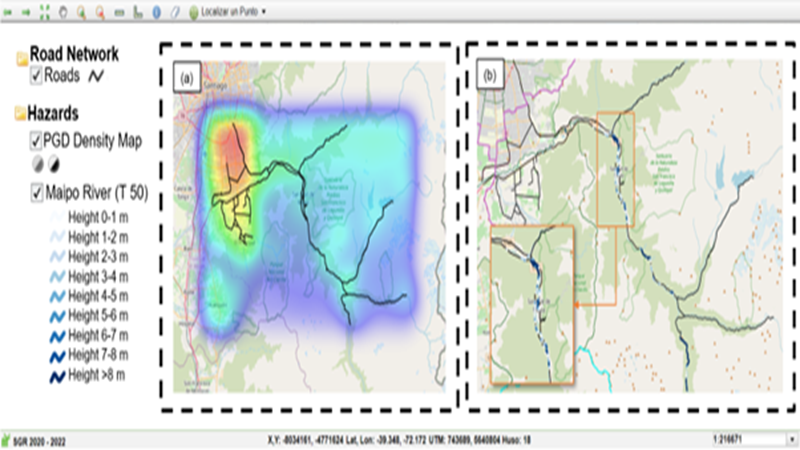
 in floating community space (fls) in the peruvian amazon.jpg)
